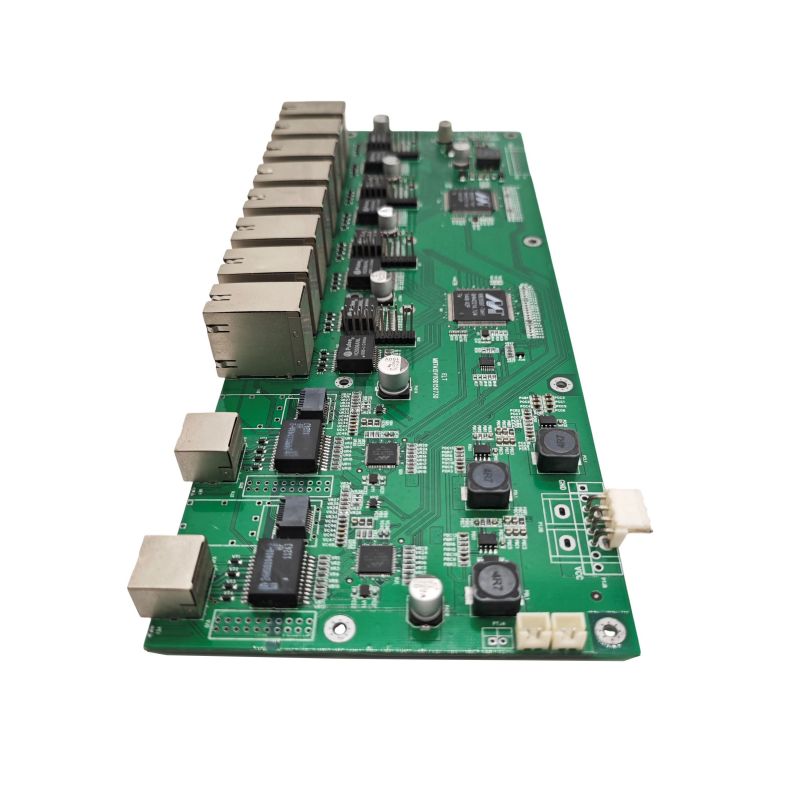What is a PCB for home appliances?
2024-05-31
A PCB, or Printed Circuit Board, is a crucial component in many home appliances, serving as the backbone for electronic circuits. Here's an overview of its role and significance in home appliances:

1. Definition and Structure:
- Printed Circuit Board (PCB): A PCB is a flat board made of non-conductive material (typically fiberglass or plastic) with layers of copper tracks, which act as the wiring for the electronic components mounted on the board.
- Components: Components such as resistors, capacitors, transistors, microcontrollers, and other electronic elements are soldered onto the PCB to form a complete circuit.
2. Function in Home Appliances:
- Control and Automation: In appliances like washing machines, refrigerators, microwaves, and ovens, PCBs control the functionality and automation processes. For instance, they regulate the temperature in a refrigerator, control the motor speed in a washing machine, or manage the cooking process in a microwave.
- User Interface: PCBs often interface with user controls, such as buttons, touch screens, or dials, allowing users to interact with the appliance and set preferences.
- Sensors and Feedback: They integrate sensors to monitor conditions (e.g., temperature, humidity, load) and provide feedback to the control system to adjust operations for optimal performance and safety.
3. Types of PCBs in Home Appliances:
- Single-sided PCBs: Contain one layer of conductive material and are used in simpler appliances.
- Double-sided PCBs: Have conductive material on both sides and are used for more complex circuits.
- Multi-layer PCBs: Consist of multiple layers of conductive material, used in advanced appliances with complex functionalities.
4. Advantages:
- Reliability: PCBs offer a stable and reliable platform for electronic components, ensuring consistent performance.
- Compactness: They allow for the compact assembly of electronic circuits, essential for modern, space-saving appliance designs.
- Ease of Manufacturing: PCBs facilitate automated manufacturing processes, reducing production costs and improving quality control.
5. Examples in Appliances:
- Refrigerator: Controls defrost cycles, temperature regulation, and sometimes even smart features like connectivity to home networks.
- Washing Machine: Manages washing cycles, water temperature, and spin speed, and often provides diagnostic functions.
- Microwave Oven: Controls cooking time, power level, and sensor-based cooking modes.
- Dishwasher: Regulates washing cycles, water temperature, and drying processes, ensuring efficient cleaning.
In summary, PCBs are essential for the functionality, efficiency, and user interaction of modern home appliances, providing the necessary infrastructure for electronic circuits to operate seamlessly.


